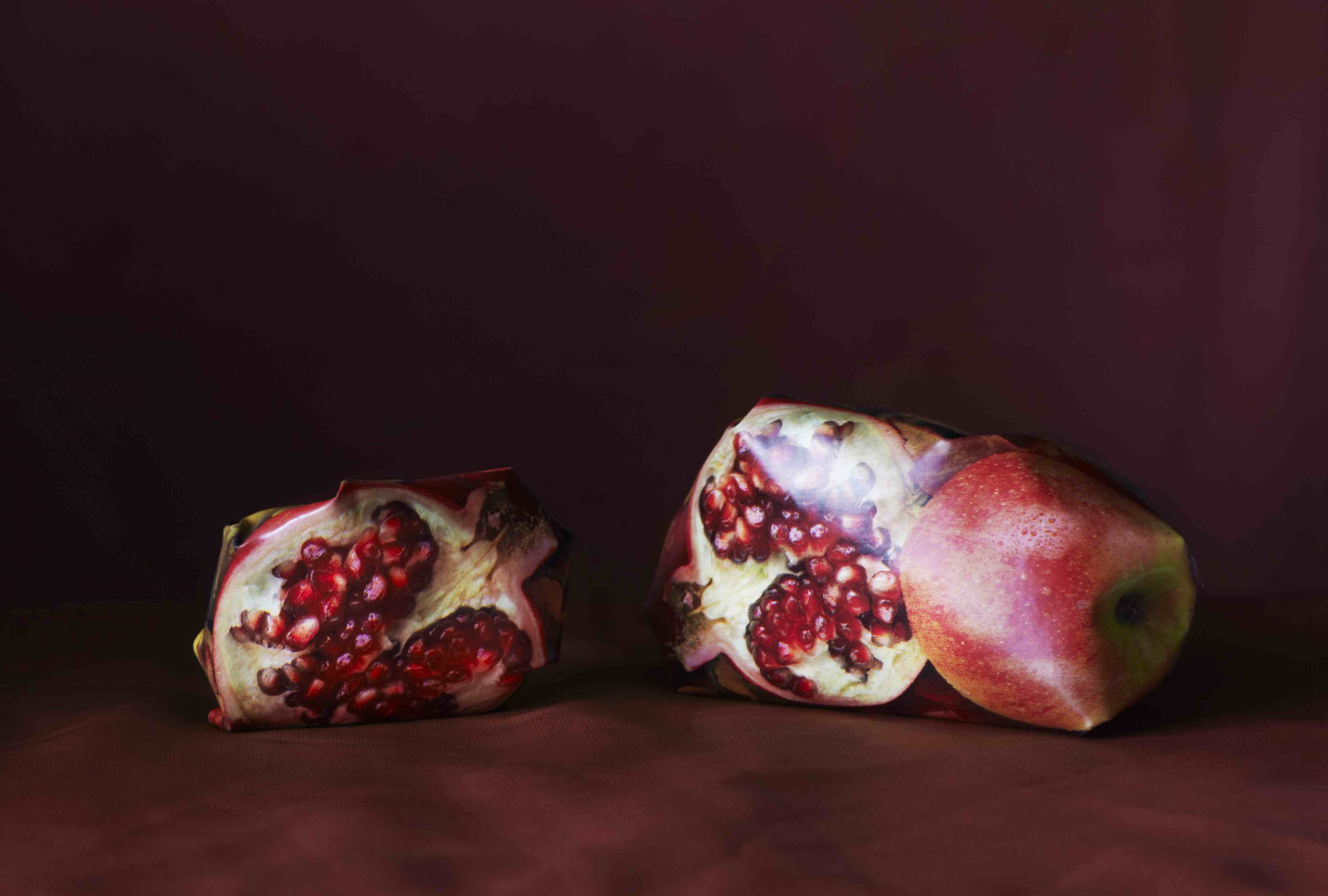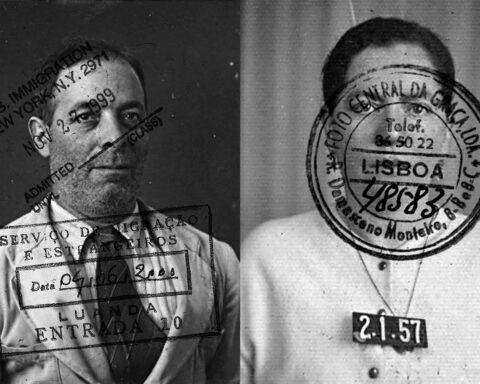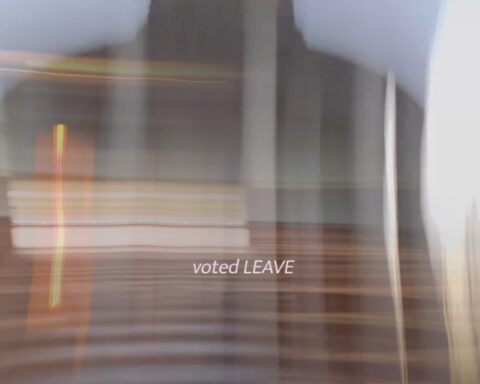Vilma Pimenoff (1980) is a Finnish artist. Her work often deals with semiotics and explores the ways in which we perceive the world around us through signs and symbols. She is equally interested in observing cultural conventions through her study of everyday objects, by placing them slightly out of their expected context or altering their scale.
Pimenoff’s work has been shown at the Photographers’ Gallery in london, Moscow Multimedia Art Museum, and at the Circulation(s) Photography Festival at Centquatre in Paris, as well as in galleries in France, Italy, U.K., and Sweden. Recently she won the EDIT – Editorial Photographer of the Year – prize in Finland, and in 2016 she received the runner-up prize in the Celeste Prize Visible White competition in Italy. Vilma Pimenoff has a master’s degree in photography from london College of Communication, and she lives and works in Helsinki.

Untitled #7, 21st Century Still Life series Diasec, framed
Marika Marchese: Tell me a bit about your cultural background.
Vilma Pimenoff: I am Finnish and I grew up in a typical finnish small town. I guess small Finnish towns can look quite bleak to the outside with their functional ‘80s concrete architecture and couples in matching tracksuit, but there is also a lot of nature and space, it is safe, and that I think is freedom.
Plus I am lucky to have grown up surrounded by the not so typical people in the small town, not the least my own family.
I had a great drama teacher in school, and a great arts teacher too. Both are women that I admire and who were definitely my role models. It is so important to have people you look up to especially when you are younger.
After finishing high school at 18 I went to live in Malaysia for a while, and from there went to the U.K. to study photography.
After my studies in England I went to work in Paris, and have spent a lot of time in these two countries, the U.K. and France, in the past 13 years.
I just moved back to Helsinki last year, and somehow it feels quite nice to be regrounded in Finland again. You know, the nature, couples in matching tracksuits, etc.
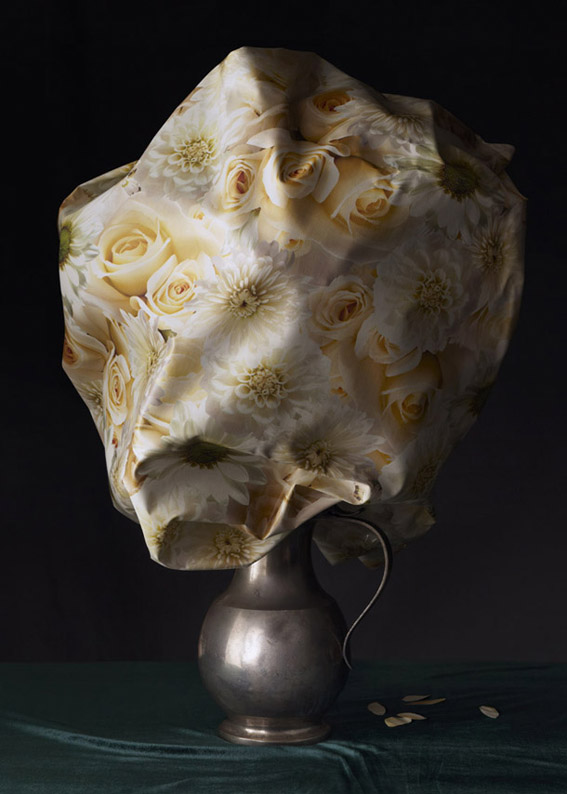
Untitled #5, 21st Century Still Life series Diasec, framed
M.M.: What were the most important influences that led you to become an artist (photographer)?
V.P.: I owe a thank you to my father who took me to see art exhibitions and museums when I was growing up. I travelled a lot with him and he made me see a lot of stuff. I remember being something like 13 maybe when I was really touched by an artwork at an exhibition, and I was like this is it, this is the WOW in the world. It was a big sculpture made of glass and had lights behind it, literally an illumination. In my teens I was into cinema, and it was through film that I also found photography. Thinking about it now, first it was the stories that I felt drawn to, characters in films and what they did and the life that was in the story and in the film/picture. Now I think it’s perhaps a little different. Especially when it comes to my own work, I am less into stories or telling stories, but I’m more into ideas, or can I say concepts without sounding too complicated. Of course it is still the same thing – I am interested in people and life and countless topics, but I like to focus on one thing at a time, and really zoom into it. I could say I like to simplify more than decorate the story. But I guess really I make art because I am curious, and art lets you discover new things, and I love learning new things.
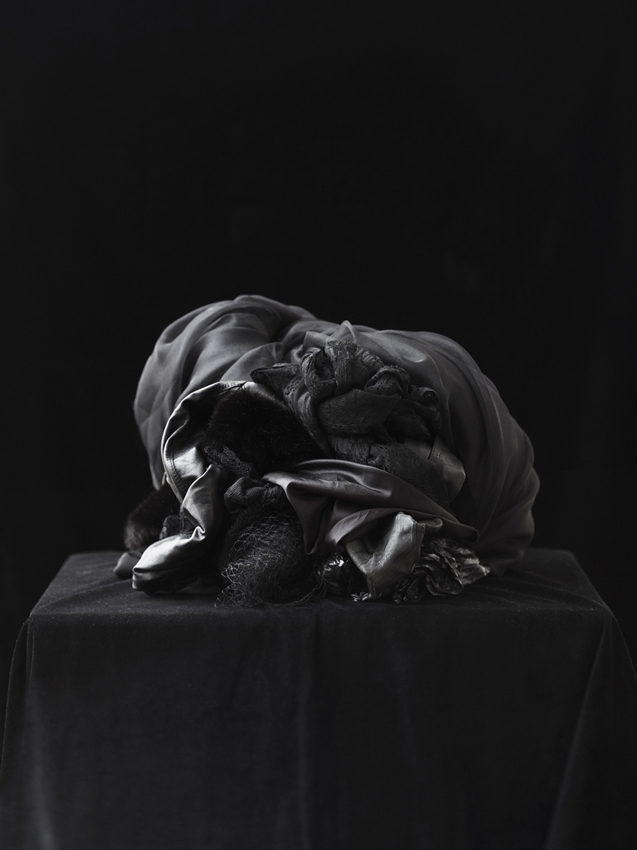
M.M.: Tell me about your process, where things begin, how they evolve?
V.P.: There are topics that are on your mind. Things that you feel that are personally important. And then you start finding things that have something to do with these things that are personally important to you, and you also go looking for them.
I keep a diary and I collect references. Then from time to time I go through my notes and ideas for work evolve from there. You go researching for more, you read, you try out an idea.
I don’t think I am very quick to produce, like I don’t just get ideas and -bang- go and make them into artwork. I need to put a lot of time and effort into it, otherwise it’s just not good.
M.M.: What does ‘being an artist’ mean to you? Who are your favorite artists and how have they influenced you?
V.P.: I admire artists who are smart, whose work is intelligent, and who talk more about the content in their art than about themselves. Then again, while saying this, I must add that yes, of course the artwork is in the artist and the artist is in the artwork. Kind of inseparable. I have been so impressed and in love with the artwork that I have discovered after meeting the artist, and also the other way around. I really enjoy looking at and experiencing sculpture. While I mainly use photography as my medium, I am really excited about things that are three-dimensional, like sculpture. I am also interested in the boundaries between two-dimensional and three-dimensional, and how they can blur. This leads to explore the topic of visual perception, and how vision works – both physiologically and psychologically.
In addition to sculpture, I also enjoy watching live dance, and dance films. Dance film is an amazing genre of film.
Talking about films I have to mention a documentary that impressed me a while ago, it is called ‘THE IllUSIONISTS’ by the director Elena Rossini. Her documentary talks about the body image and globalization of beauty, which I think is a very current topic. I strongly recommend to watch this documentary, in fact, I think it should be in every schools curriculum.
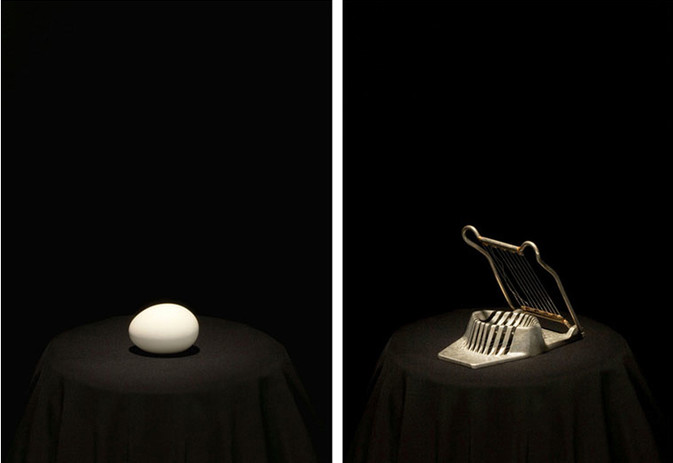
M.M.: What do you think is the role of an artist in today’s society?
V.P.: Someone who makes art and also seeks to show it in public has the potential to raise questions and evoke dialogue. I believe that art can really work as a catalyst for change in the individual and also on a larger scale.
M.M.: What subjects do you deal with in your art?
V.P.: As I said before, I am interested in countless things – life -, to be very vague and broad! But a topic that seems to often be a part of the work I make is the questioning of the image itself. This is to say, I am interested in the deceptiveness of the image. I guess you could think about it from two different perspectives; firstly, how do we understand images, what is visual perception and how vision works on an individual level. Secondly, how images are never ‘innocent’. How power structures and politics are embedded in everyday images like advertising.
One can learn about things through art, think about the state of the world, contemplate oneself, politics, nature, etc. Taking time to think is important, and I think it is underrated in today’s society.
My working method is often a strategy that I could call ‘analysis of images’ or ‘making images of images’, meaning that I work from imagery that already somehow exists in the world – whether actual printed images, or stereotypes – that live in the common collective consciousness as images. Investigating how images work is not only a ‘strategy’ that I employ in my practice, but it is equally one of the themes in the work itself. Photographing objects for me means contemplating on the meaning of things, symbols, and signs. I am very much interested in semiotics, the logic of thinking, and thinking visually.
M.M.: What are you working on at the moment?
V.P.: I am working towards my next exhibition that will open in Helsinki this October. The works in the exhibition deal with issues such as power, the concept of love, and responsability towards one another.
The title of the exhibition, What is Love (baby don’t hurt me) is borrowed from the ‘90’s eurodance star Haddaway.
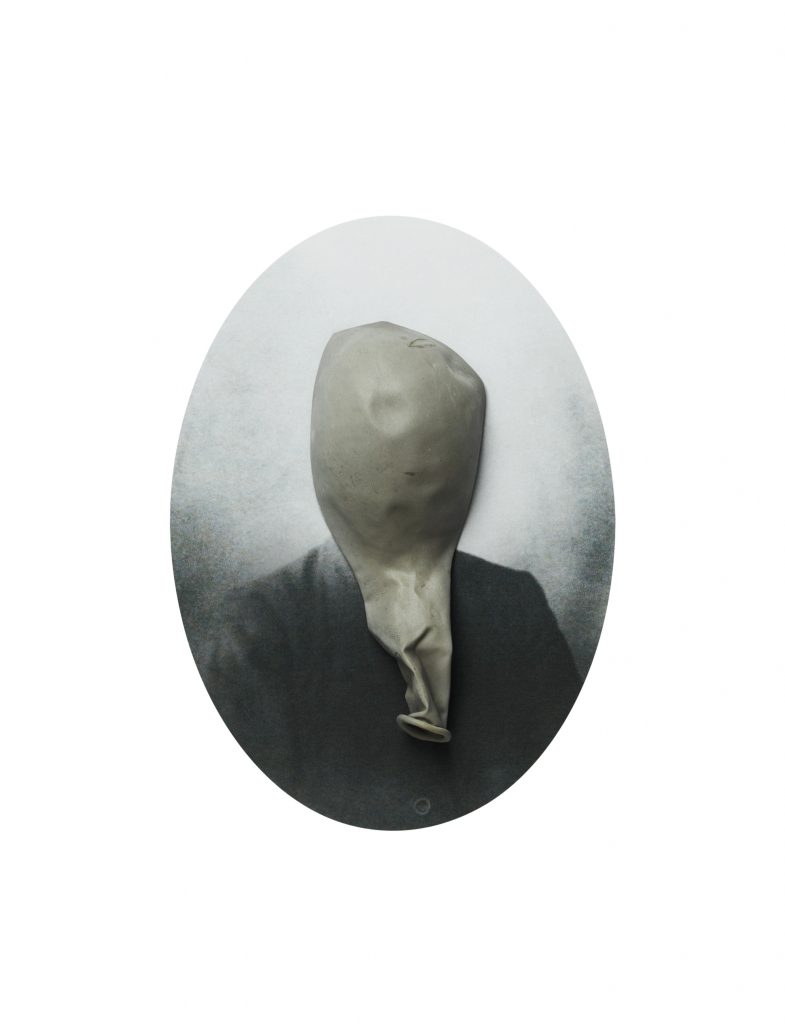

M.M.: How has your work developed throughout the years?
V.P.: Well I guess that my work is a reflection of myself. I hope I have matured along the way.
I think everyone who has studied photography has been, to some extent, at some point, perhaps more excited about the aesthetics of their work, and less about the content.
I think nowadays I am perhaps calmer and more able to concentrate on the content.
M.M.: For you, how important is science in art?
V.P.: It is inspirational information that I can use as material for my work.


